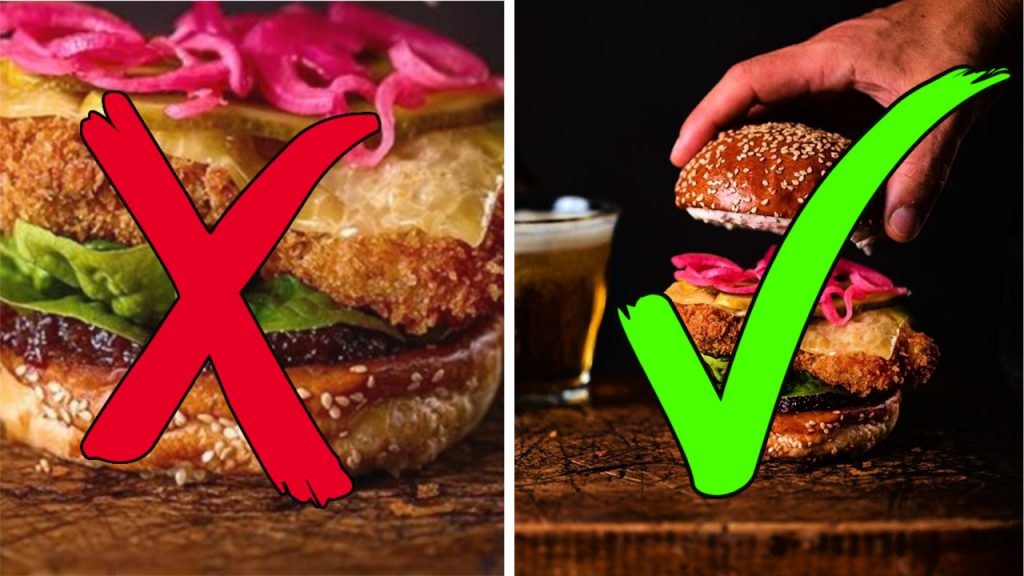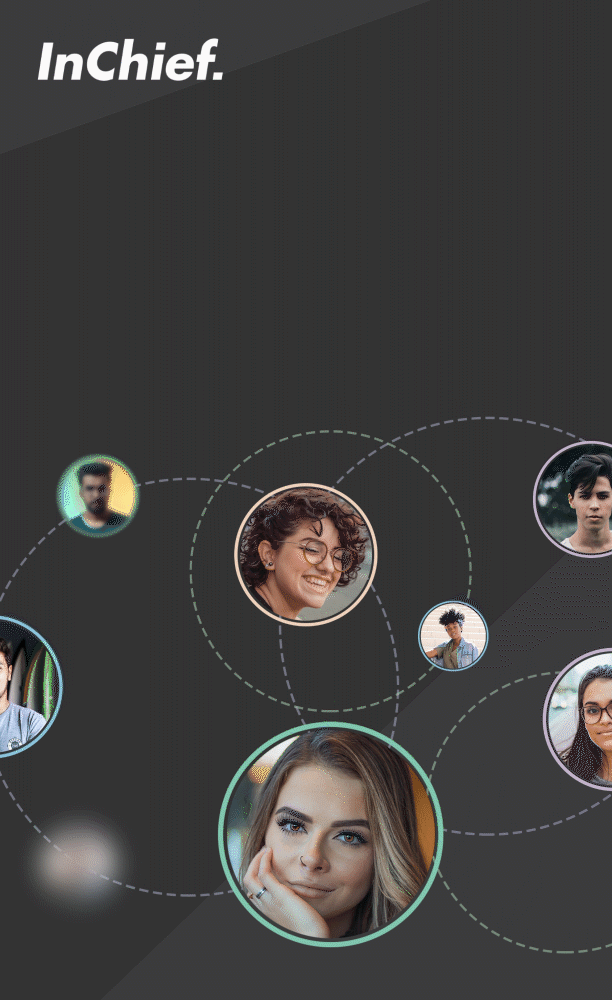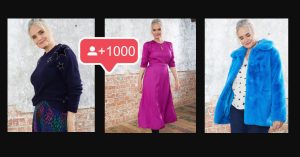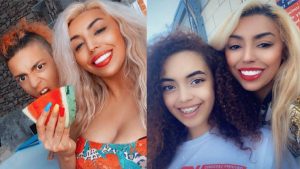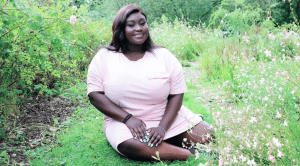These pros are doing it right and can help you up your game
Each kind of photography genre, from still life to beauty to fashion to nature is a discipline in itself, with a different kind of eye required for each. Sure, there are overarching photography principles – rule of thirds, background and foregrounds, composition etc – but each discipline brings its own challenges. It’s kind of like cooking; you might be able to cook most things, but be really good at baking because you understand the art and science of gluten structures and yeast like the back of your hand. You can be a good general photographer, but by practicing food photography, you’ll hone tricks specific to snapping food.
One of the challenges of food photography is making it look appealing. You might think, “Well, this is delicious, of course it will look good!” when in reality, sometimes the yummiest parts of a dish can look less good through the lens, or you might lose the shine of your tempered chocolate or the texture of your perfect crème brûlée.
Here’s a few lessons to learn from the pros…
1. Make context king like Dan Jones
View this post on InstagramMore shots from @wingmanschicken
A post shared by Knife Fork Bottle & A Cork (@danjonesphoto1) on
Think beyond the plate. If you’ve made a dish you’re really proud of, understandably you’ll want to show it off to its full effect, and you might be tempted to go in for a super-close up shot. There’s nothing wrong with that, but adding some contextual props can actually make your dish look more appetising, and your photo look more professional. Dan Jones’s photography is a great example of this; in lots of his shots, he also leaves in the hands serving the food, the pile of plates beforehand, the BBQ in the background. This little cues can be powerful in the brain, helping to contextualise the image – people look at it and can imagine themselves serving it up, or feeding their family and friends, or picture a social gathering around the dish. Context can help make your cooking seem more human and more tangible, so be sure to experiment with that.
2. Play with colour like Hannah Rose Hughes
View this post on InstagramA post shared by Hannah Hughes (@hhughes_photo) on
We all know beige food is delicious (cheese on toast is arguably God’s chosen dish), but it doesn’t always look the most appealing. Colour is your friends here – look at Hannah Rose Hughes’ work. A pinch of coriander on a bowl of soup, a brightly coloured pattern on a serving dish, a pile of fresh salad in the background. Even a dash of hot sauce can offset an otherwise bland palette, so play around with the hues in your pictures to make sure they really leap off the page. Sides, condiments, crockery and drinks all count and can be valuable to make your work really sing.
3. Capture the raw ingredients like James Lee
View this post on InstagramWild Mushrooms 🍄 Sourced & beautifully arranged by – @jessmeyerfood
A post shared by J A M E S L E E (@jamesleeshoots) on
Don’t forget about the ingredients as well as the end product. Sometimes, the raw ingredients can be almost as stunning as the final dish, so make sure they get their moment in the spotlight, too. James Lee’s photography often features raw poultry, seafood and veggies, which doesn’t have to be as gruesome as it sounds. It can actually help give your work a more rustic feel and help familiarise people with every step of the cooking process. If you want your photos to be polished but still have grit, his work is a wonderful starting place.
4. Push the boundaries like Ant Duncan
View this post on InstagramA post shared by Ant Duncan (@antduncan_photo) on
Food photography doesn’t have to be fluffy cupcakes and cute trifles. You can use it to showcase a more gritty and rustic vibe, rather than just the super-feminine. Ant Duncan has a brilliant showcase of photographs that show off the craftsmanship that goes into each dish. Using slabs of granite and marble as a backdrop, he even makes ice lollies look edgy and subversive. Don’t be afraid to mix things up and use contrasting themes and colours – the results can be truly eye-catching.

